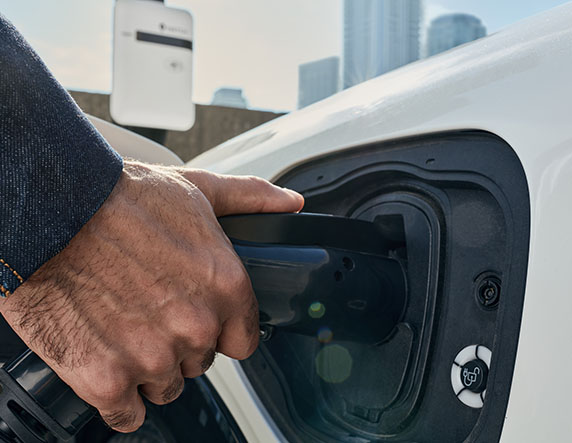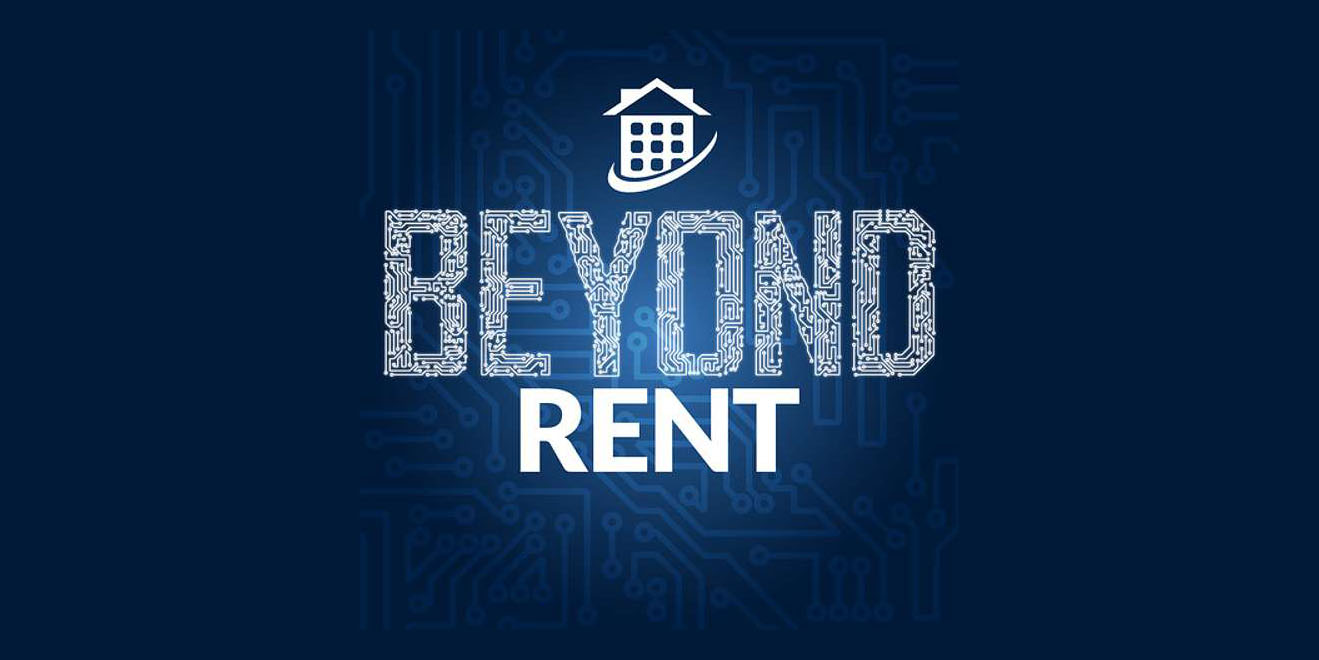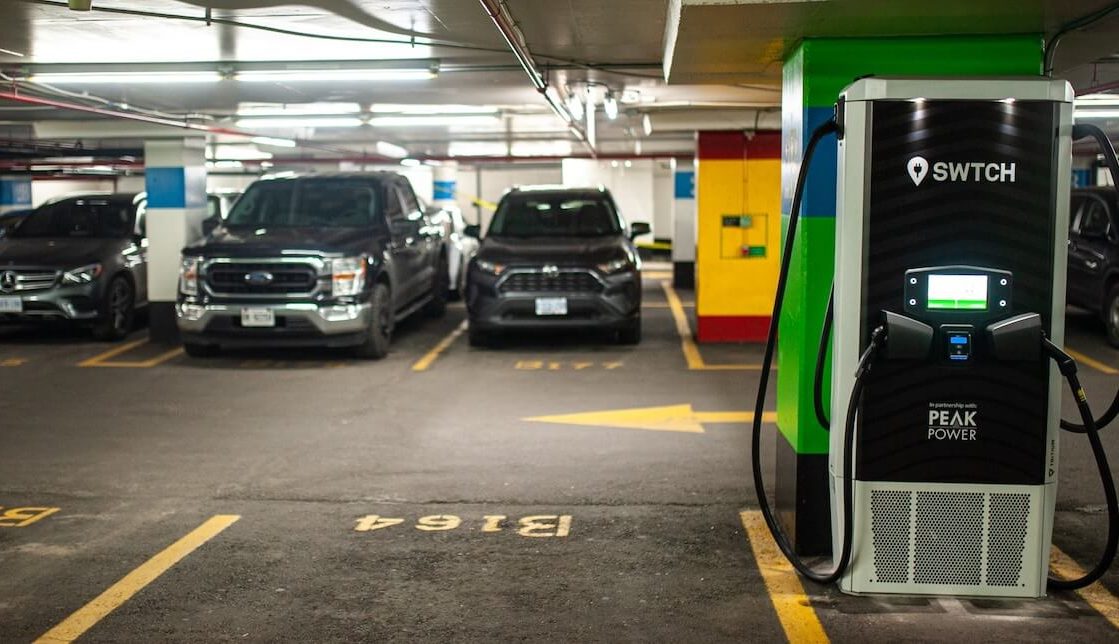Easing the transition to an electrified future: regulations, development, and the need to think ahead
At EV Charging Summit and Expo in Las Vegas in March 2024, SWTCH Head of Policy Josh Cohen joined the “Easing the Transition: Evolving Codes, Regulations, and AHJs” panel to discuss residential charging and the role of policy in shaping its future.
The panel also featured Ryan Gallentine from Advanced Energy United, Hannah Jacobus from Voltera, and Gregory A. Brenner from WB Engineers + Consultants. It was a thoughtful look ahead from a group of passionate people with a detailed understanding of policy, and we were pleased to be able to attend and take notes.
Here are some of the highlights from the conversation.
As electrification becomes commonplace, utility education is still important
The importance of electrifying transportation (and many other energy-intensive areas of our lives) is well-established by now, but utilities still need help figuring out the next steps. Real questions remain about how best to achieve adequate capacity and distribution for powering an electrified future.
The need, according to the panel, is for engagement with utilities to begin early, and to be a consistent effort. There should also be recognition that different utilities will have different levels of understanding of the issues at play. “Don’t assume that every jurisdiction is the same, because they are vastly different,” Greg said. “As codes and standardization continues to develop, that’s becoming easier. But you would be surprised how many jurisdictions we go into and they say we don’t see what’s happening across the globe.”
Fleet charging at the local level
Charging for passenger vehicles wasn’t the only thing up for discussion. Fleet charging comes with its own host of intricacies and challenges, including questions of where to put the charging infrastructure. Fleet charging demands a level of size and can produce an amount of traffic that can be tricky to sell at the local level.
“It can be a little scary [for local government and citizens]. People ask a lot of questions, and it’s a big learning curve for all of us. We’re all figuring this out together,” Hannah said. But, she added, “There’s definitely support at a broad level, from a theoretical standpoint, for what we’re all doing, and we all certainly believe in that today.”
The intersection of technology and policy for multifamily EV charging
In a portion of the conversation dedicated to multifamily EV charging, Josh was asked to share his perspective on the role of regulation and policy in growing the overall install base. According to Josh, it’s at the intersection of technology and policy that success in driving more access to multifamily EV charging will be found.
On the technology side, Josh identified two elements of particular importance.
First, load management functionality, which can moderate the amount of electricity pulled by installed chargers at multifamily properties (more about that here). And the other is interoperability. Hardware and software that are built to support open communication protocols allow for greater flexibility in future development and modification and also allow for participation in the many new demand-response and utility programs being spun up across the country.
In the realm of policy, Josh gave a great deal of credit to incentive programs, and particularly incentive programs initiated by utility companies. “Incentives really help drive down the cost… In the first ten years of this EV age, utilities spent more supporting EV charging programs than state and local governments combined.”
Because these incentives are so often tied to regulatory requirements, he cautioned that it is important that companies hoping to take advantage be sure to partner with organizations who understand the policies and can help navigate them effectively.
Building with an eye on the future
For everything related to these energy projects, it’s important to build for tomorrow. From a technological perspective, but also in site selection, and even in trying to anticipate regulatory requirements down the line.
But one of the most important elements, again proposed by Josh, is simply to have a vision. Understanding something of what you want to accomplish with EV charging at a given property, and doing your best to coordinate current efforts + build for future development in accordance with actual and future need, is just plain smart. It will help property owners to make onsite EV charging into the quality amenity that tenants crave, while also preventing potential issues related to charger management and electrical demand.
Learn more about smart energy and EV charging technologies for multifamily buildings.



